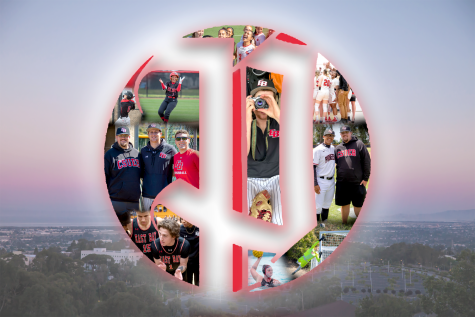CSUEB diversity efforts lack inclusivity
As I prepare to celebrate at least my fortieth Black History Month at California State University, East Bay, I reflect back in amazement at how things have changed.
In the “old day” there were just a few of us, mostly students and faculty from the Black Studies Department, who would scurry around and put together a month of events to commemorate the history and accomplishments of African Americans in the development of this nation.
Now, I notice a slick electronic advertisement of a series of events to commemorate Black History and see that it appears to be organized from the President’s office and the new Office of Diversity.
On the one hand, I see this effort as a positive step in the university moving in the direction of claiming responsibility for diversity and inclusion. On the other hand, my enthusiasm is tempered by a feeling that this apparent move in the “right direction” may be little more than an illusion of inclusion. Let me explain.
Maybe it is important and proper that the Diversity Office take the lead in celebrating Black History Month. It does demonstrate some institutional commitment to diversity.
However, for more than forty years the programmatic presentation of Black History and providing meaningful programs on the history and condition of African American people have been presented in a meaningful manner by students, faculty and community representatives.
In my estimation, these educational events have done little to address a more serious problem on our campus, the exclusion of women and people of color, in meaningful participation in the economic, political and structural business of the university.
I hope that those in our Office of Diversity and those in campus leadership who have power over these matters recognize this historical outcome and are only using Black History Month as the launching pad to move us beyond education programs and sensitivity sessions to a more meaningful attack on real barriers to inclusion.
From my perspective, educational campaigns on issues of inclusion have proven to be of little value in the hard work of structural change in the University.
The true work of real diversity is painstaking, time consuming and drains the energy of those who accept the challenge.
For my entire career I have been working to change this institution from a Eurocentric bastion of white delight to a diverse multicultural and inclusive institution committed to preparing students for effective participation in a changing world.
I have lost more battles than I have won, but along the way I have learned about the toughness and complexity of this work.
I have seen and heard those in opposition to affirmative action, diversity and inclusion make excuses for why there was no need for affirmative action or why they could not find “qualified” women or minorities for their employment pools.
More hurtful, I have heard “friends” of affirmative action, diversity and inclusion give up on the fight and say “I tried, but there were ‘none’ in the pool and I just could not risk losing the position.”
This is hurtful to the bone, but it validates what women and people of color instinctively know, i.e., so-called white allies will bail out on them when the going gets tough. They expect white allies to go only so far with them on this tedious journey to full inclusion.
Equally important, the history at CSUEB tells the story of the very poor job our administration has done in overseeing and instructing on proper methods of doing effective diversity searches.
Why it should be a surprise to get all the way to the end of a search and find out there are no women or people of color in the pool.
How much would it really take to “ask” that search committees provide an accounting of the number of women and/or people of color in the pool before approval to move ahead?
With all the technological advances at our disposal I do not believe this is asking for too much. Can we honestly say that, given the complexity of the work of diversifying the faculty, that we are putting maximum effort to the task? I think not.
I am hopeful that those in the Office of Diversity recognize the struggle before us and are committed to the hard work of structural change in the university. We have tried education and sensitivity training and they have fallen short.
Now is the time to attack the hiring and search process for tenure-tenure track faculty in the university.
Now is the time to say that business as usual will no longer be tolerated.
Now is the time for a legitimate search process to be created, monitored and consequences delivered when there are violations to it.
Procedures for a legitimate search process will surely increase the probability that we begin to hire faculty who more closely resemble the students we teach.
Additionally, I believe legitimate searches will lead to the probability that all faculty, including whites, will come to us with demonstrated multicultural experiences and diversity competencies that prepare them to relate and teach our diverse students.
However, in the final analysis our task will be made easier when administration, faculty and staff commit to move beyond the expediency of abstraction to a concrete resolve to diversity beyond an illusion.
I think that Black History Month is an appropriate time to focus on the hard work and complexity of our diversity effort.
Many of the stories told during Black History Month reflect on racism, inequality and injustice, but most importantly they focus on the heroic efforts of men, women and children to overcome impossible obstacles.
The stories told are reminders that there can be no justice without struggle. Most importantly, the stories are reminders that power and office do not necessarily translate into intelligence, truth and justice.
Those of us who care deeply about higher education need to remember the words of the great civil rights leader and now congressman from Georgia, John Lewis, who often said, “You can’t give up, give in or give out.”
Forever in the struggle,
Terry Jones, Professor Emeritus
Department of Social Work
California State University, East Bay
February 8, 2014











